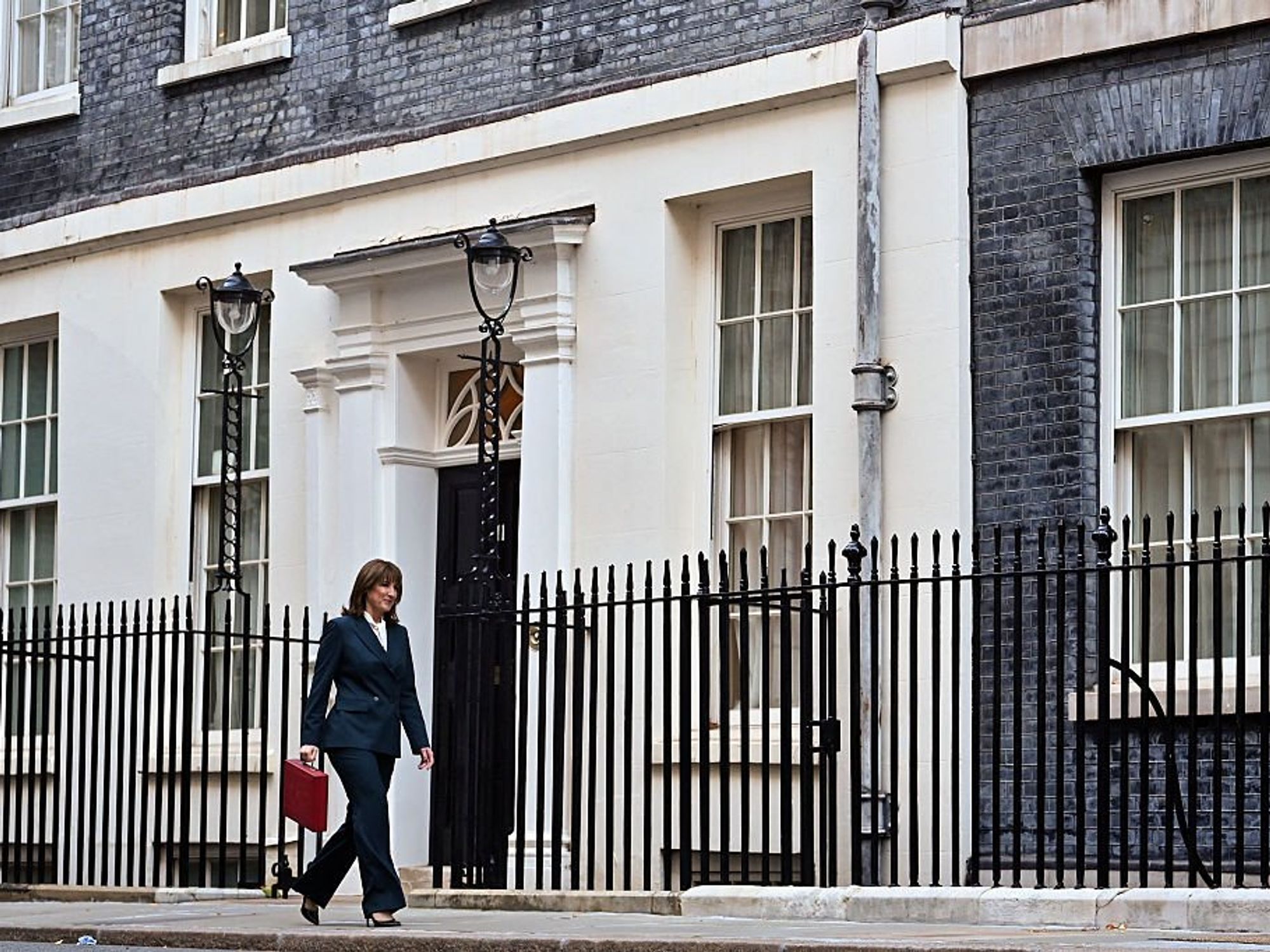Archaeology breakthrough as 3,500-year-old lost city linked to world's oldest civilisation finally found
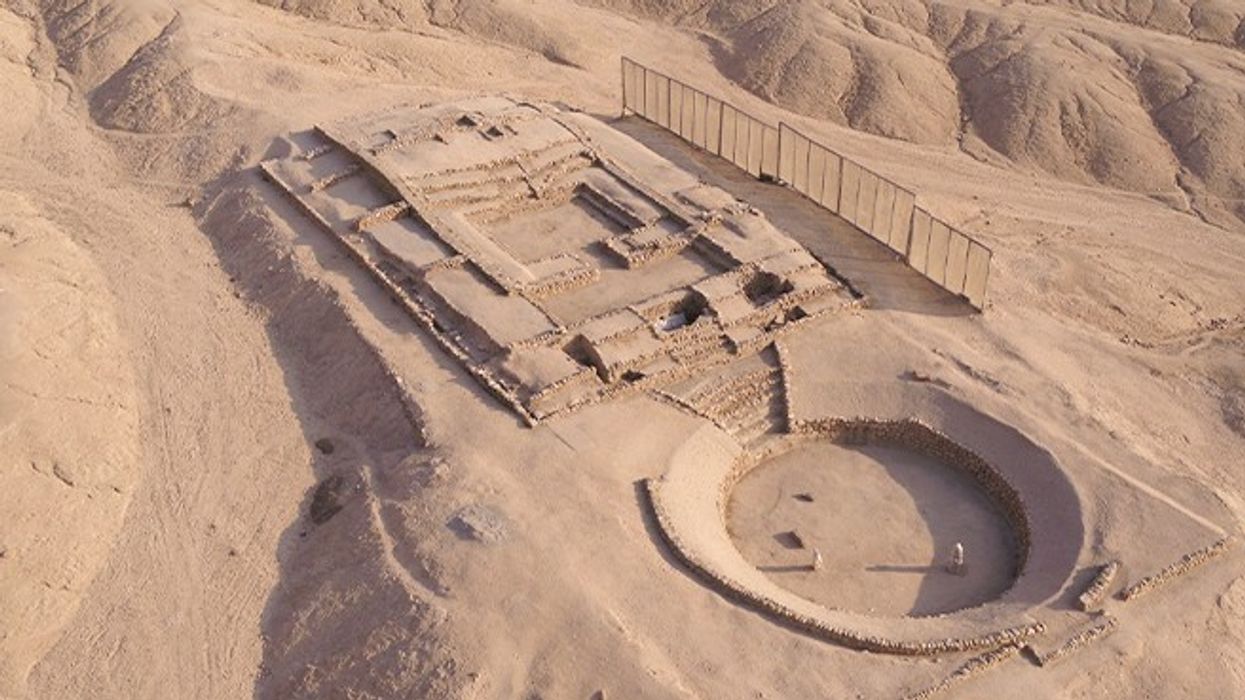
Drone footage has uncovered a circular structure at the city's heart, positioned on a hillside terrace and encircled by remnants of stone and mud buildings | PERUVIAN MINISTRY OF CULTURE

An eight-year-long investigation has seen archaeologists identify a treasure trove of artefacts and more
Don't Miss
Most Read
Latest
Archaeologists have uncovered the remains of a trading city in Peru dating back some 3,500 years.
The ancient city of Penico, situated approximately 200 miles north of capital Lima, rests on a hillside around 1,970 feet above sea level.
Researchers believe Penico's urban centre was established between 1,800 and 1,500BC, coinciding with the rise of early civilisations in the Middle East and Asia.
The vital trade hub was said to have connected Pacific coastal communities with settlements in the Andes mountains and Amazon basin - and Peru's Ministry of Culture has called it the "City of Social Integration".
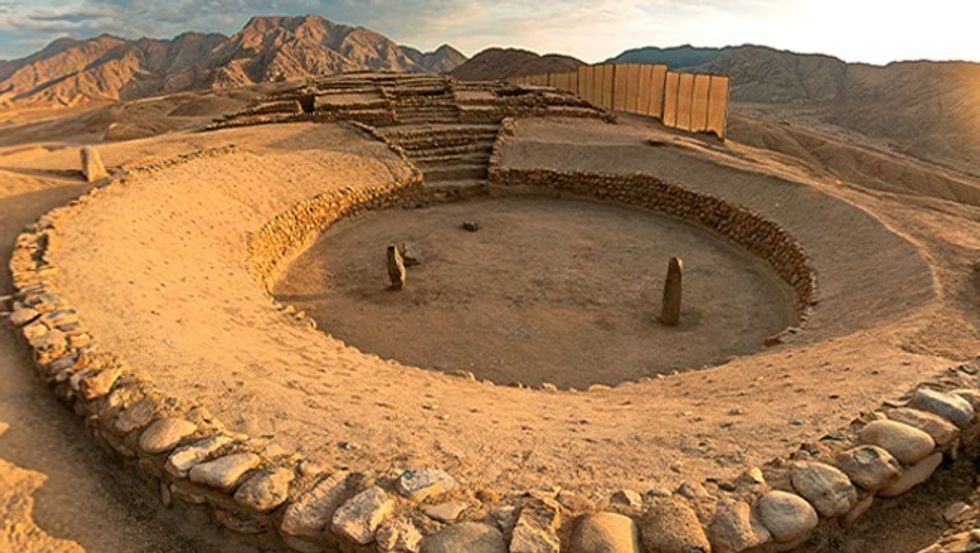
After an eight-year-long investigation, archaeologists have identified up to 18 structures at Penico
|PERUVIAN MINISTRY OF CULTURE
Drone footage has uncovered a circular structure at the city's heart, positioned on a hillside terrace and encircled by remnants of stone and mud buildings.
The site bears a remarkable similarity to the ancient city of Caral, some 17 miles to the west and recognised as the Americas' oldest civilisation.
Scientists suggest Penico may have come to prominence following Caral's collapse.
Ruth Shady, the archaeologist who spearheaded the Penico research and excavated Caral in the 1990s, said: "They were situated in a strategic location for trade, for exchange with societies from the coast, the highlands and the jungle."
READ MORE FROM THE ANCIENT AMERICAS:
- Archaeology breakthrough as over 100 structures linked to ancient South American culture discovered
- Secret underground tunnel system built by Incas beneath Cusco discovered
- San Jose Galleon finally 'FOUND' after 300 years as £16bn treasure trove revealed
- Ancient temple belonging to mysterious Incan empire precursors discovered in Andes
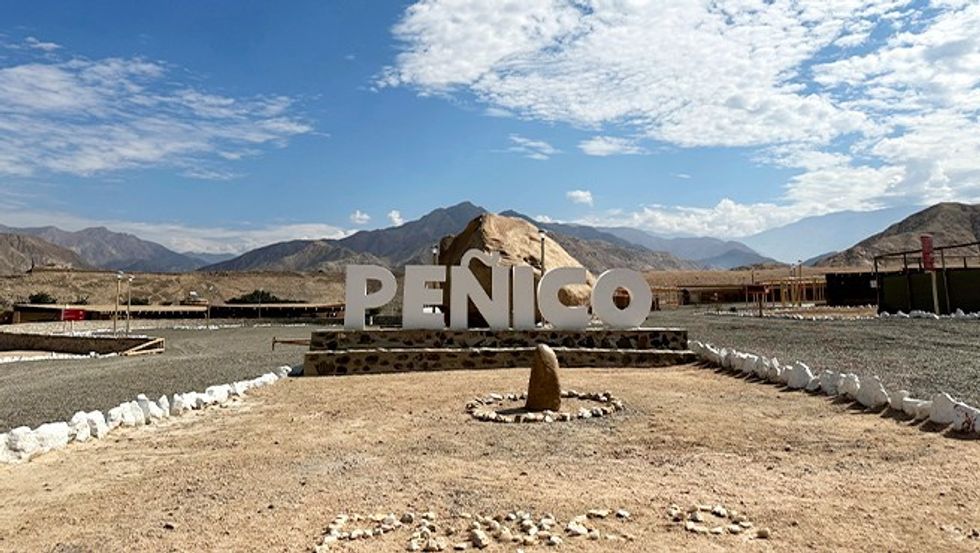
Penico bears a remarkable similarity to the ancient city of Caral, some 17 miles to the west
|PERUVIAN MINISTRY OF CULTURE
After an eight-year-long investigation, archaeologists have identified up to 18 structures at Penico, including ceremonial temples, residential complexes, murals and more.
Excavations have also turfed up human remains, clay sculptures of humans and animals, ceremonial artefacts and necklaces made from beads and seashells.
Marco Machacuay, an archaeologist with the Culture Ministry, said "Penico's importance lies in it being the continuation of the Caral society", which declined around 1,800BC, potentially due to drought and flooding.
The blend of artefacts shows influences from South America's coastal, mountain and jungle regions alike, confirming the city's role as a regional trading centre.
LATEST ARCHAEOLOGY UPDATES FROM GB NEWS:
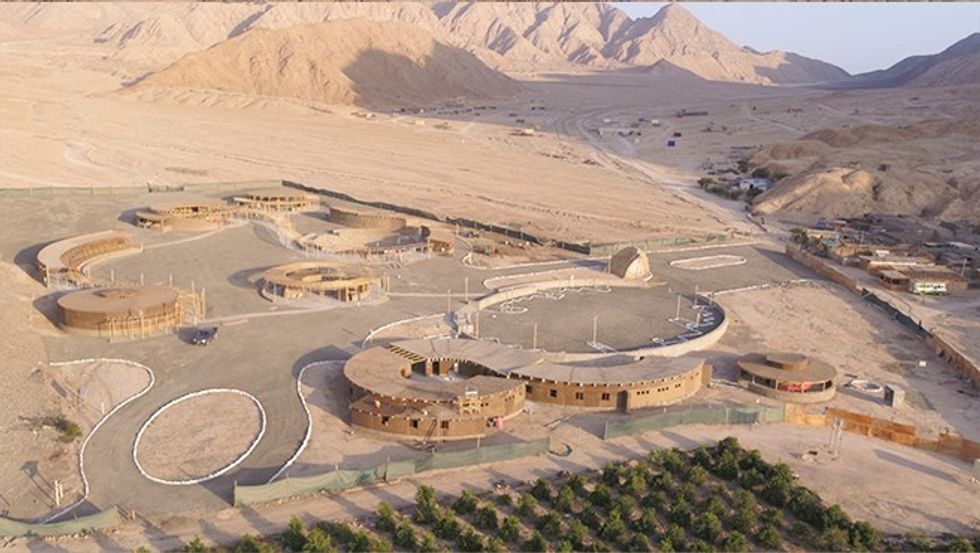
Visitors to Penico this month were treated to digitally-reconstructed ceremonial spaces and more in the shadow of the Andes
|PERUVIAN MINISTRY OF CULTURE
Yoshio Cano from the Caral Archaeological Zone told local media: "Evidence has been found of a great deal of trade not only in the Supe Valley, but also with the Huaura Valley, because it is located in a very strategic place."
Penico officially welcomed its first tourists on July 3, with visitors treated to digitally-reconstructed ceremonial spaces and more in the shadow of the Andes.
The walls of a central plaza display sculptural reliefs and depictions of the pututu, a conch shell trumpet used in religious ceremonies, which archaeologists believe symbolised power and authority in ancient Penico.
Recent breakthroughs in Penico only add to Peru's archaeological treasure trove, from the Inca ruins of Machu Picchu to the enigmatic Nazca Lines along the countruy's coast.
While just weeks ago, archaeologists unearthed the 5,000-year-old remains of an "elite woman" from the city of Caral.






